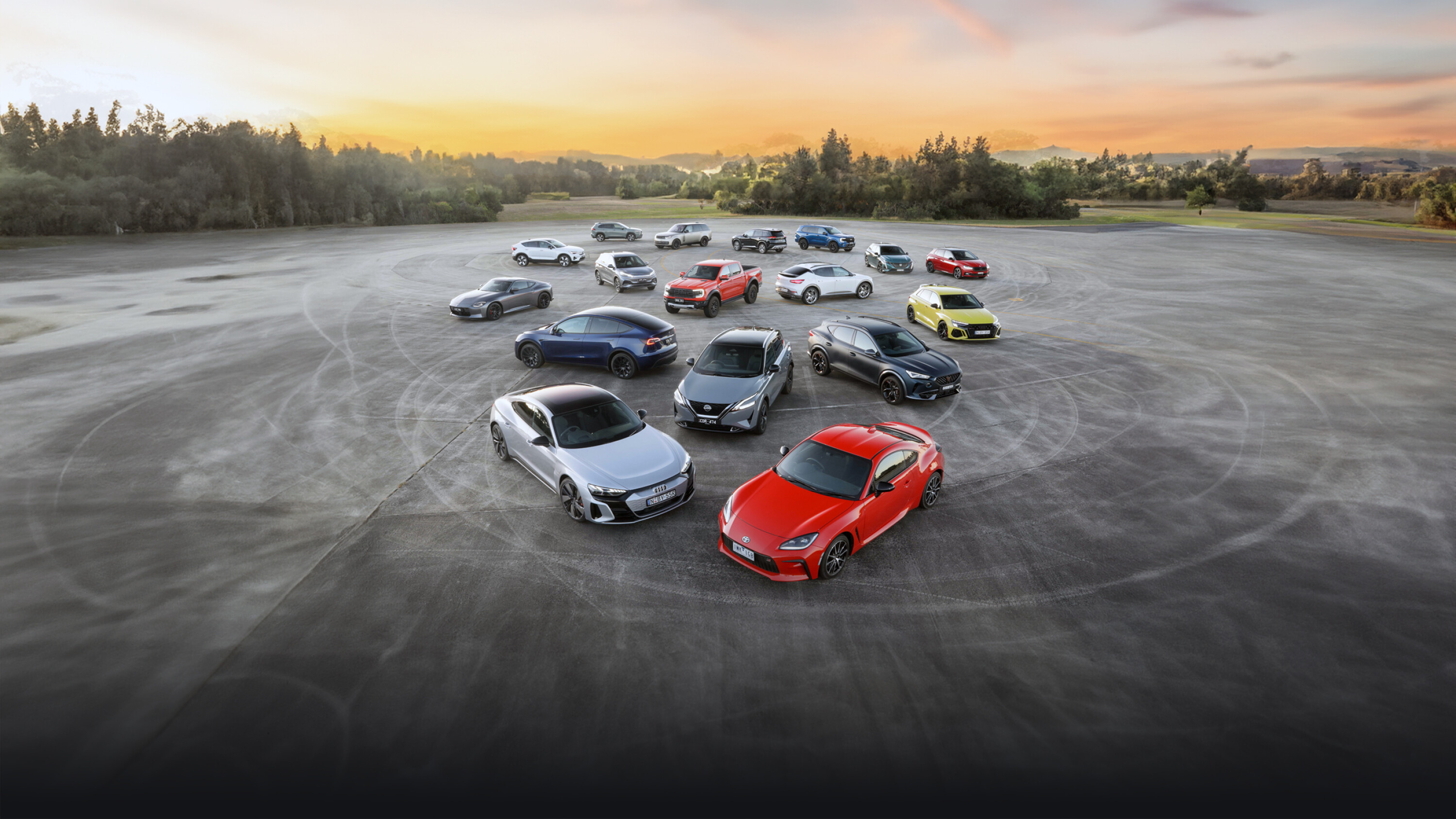
Looking for a new car priced below $20,000 drive-away? In 2018, Australian buyers could choose from nearly 20 different models.
Today, only two remain.
Snapshot
- New car prices have significantly increased in the past five years
- EVs are often launched in large battery, high-spec models
- Australia is still one of the most affordable countries to buy and own a new car
As every car enters a new generation, gets updated or simply progresses unchanged into a new model year, the price tag invariably goes up.
Thanks to inflation, interest rates and currency changes, supply shortages, fewer sharp deals, marked-up showroom prices, and a generally increasing cost of living against stagnant wage growth, new cars aren’t quite as accessible for many of today’s buyers.
Previously owned cars aren’t quite the save they used to be, either, with delays in new-car deliveries having an obvious flow-on effect of creating a seller’s market for used cars.
Car brands such as MG, Kia and Mitsubishi have committed to keeping entry-level base models as cheap as possible with fewer safety and convenience features, while most others have gone upmarket by packing in more standard equipment to help buyers swallow the higher price.
And, while switching to an EV can significantly ease the cost of ownership pressure, most carmakers only sell big-battery models in Australia to offer maximum driving range, instead of offering the cheaper, small-battery options available overseas.
JUMP AHEAD
- ? Why have new car prices increased?
- ⚠️ Price v safety?
- ⚡️ Why are new EVs expensive?
- ?? The ‘new normal’?
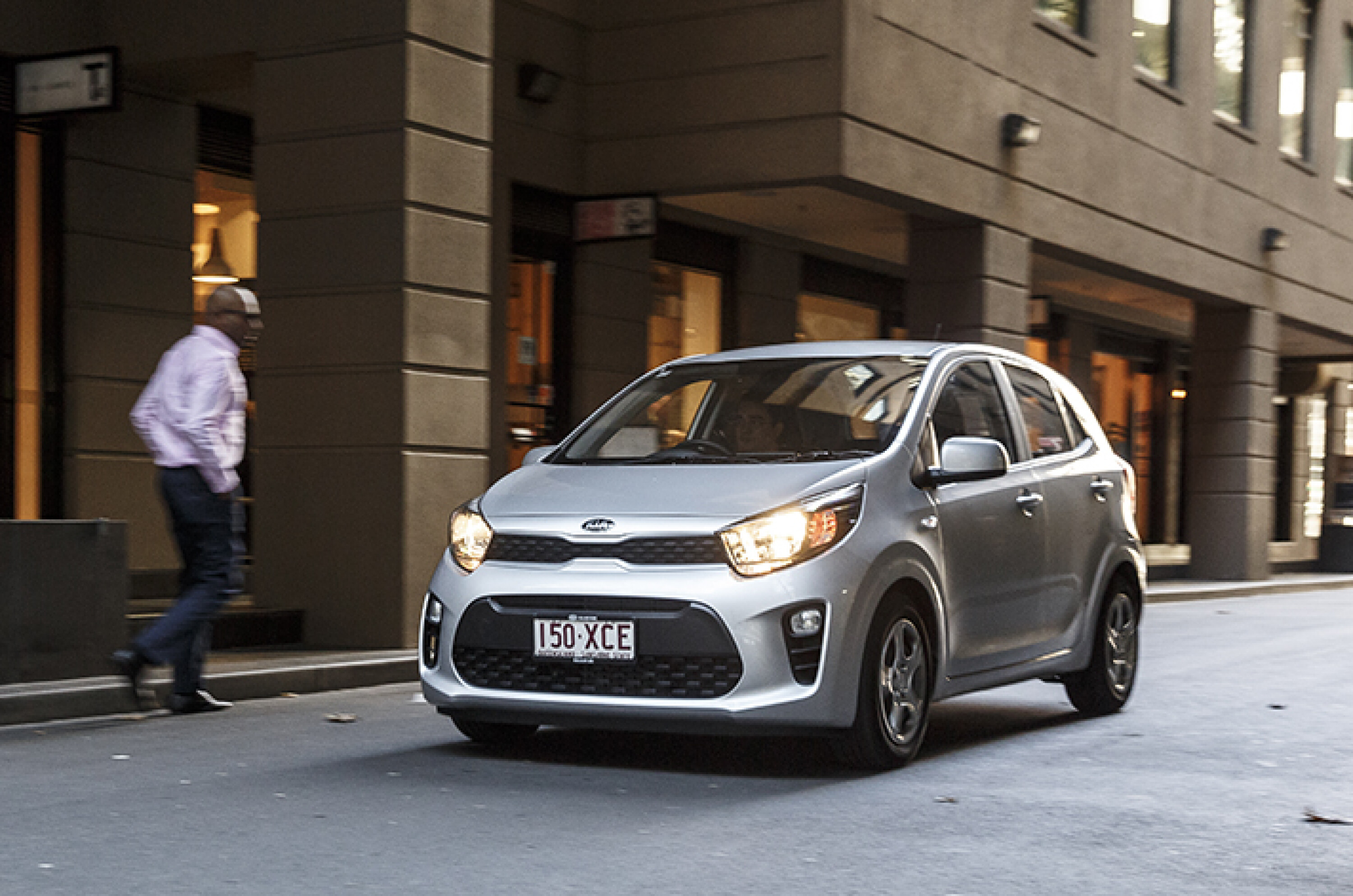
? Why have new car prices increased?
A WhichCar reader recently upgraded from her 90,000km 2019 Kia Picanto to the updated 2023 model, wanting the assurance of a fresh new-car warranty.
She eventually found a dealer willing to sell it at Kia’s suggested $20,400 drive-away price, but despite costing around $5000 more for fundamentally the same vehicle, she told WhichCar: “I guess like everything, it just keeps going up and up.”
“New safety features and Apple CarPlay are good. But, we still need a basic model for people that just want a nice reliable car,” Jane said.
“Nothing too flash, but I want the warranty mainly for peace of mind – cheap running costs and good on fuel [efficiency].”
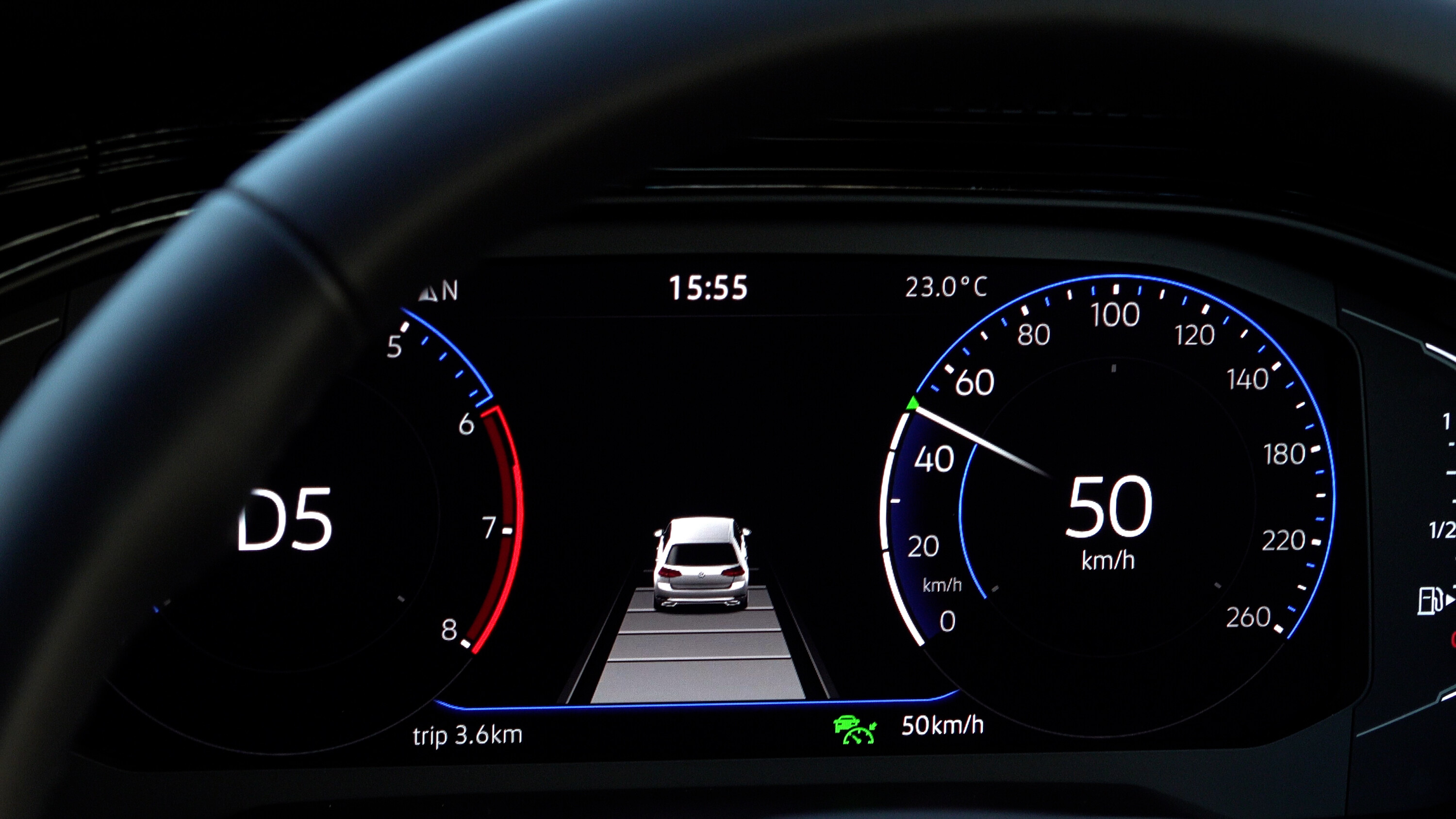
Most new cars now include more features as standard, including advanced technologies, a range of safety assistance systems, alloy wheels, a leatherette steering wheel, and LED headlights in some cases.
However, Volkswagen Group Australia communications manager Daniel DeGasperi told WhichCar there have been a variety of factors contributing to higher new-car prices.
“What we’ve seen is an enormous investment in additional passive and active safety technology, and a preference from Australian consumers for models that are better equipped than they were even five years ago,” Mr DeGasperi said.
“That preference comes from liaising with our dealers and seeing that there is limited interest for [lower-spec entry-level] models.
“We say it and then occasionally we will offer a model with less equipment, but buyers tend to buy the middle-spec or the higher-spec model.
“It’s not just the recommended retail price. We have made enormous strides at Volkswagen in terms of cost of [improving] ownership elements [warranty and servicing]. That’s been a focus.”
“Simple reality”
The carmaker’s insights have been supported by a study from Savvy, which found about half of Australians prioritised a 360-degree camera system and blind-spot monitoring in their next car purchase.
However, only about one-third preferred auto emergency braking and adaptive cruise control, and lane-keep assist was the least favoured.
DeGasperi added the COVID-19 pandemic has also impacted supply chains for all carmakers, with shipping costs “enormously higher than they were five years ago” and the “simple reality” of increased commodity and supplier costs.
Mazda Australia managing director Vinesh Bhindi told WhichCar in August that increased iron ore, steel, and energy market prices – all critical for manufacturing a vehicle – have also driven prices up.
? Five-year price comparison: Australia’s most affordable new cars
| 2018 model | 2018 starting price (before on-road costs) | 2023 model change | 2023 starting price (before on-road costs) | Five-year difference |
|---|---|---|---|---|
| MG 3 | $15,990 drive-away | No change | $19,990 drive-away | 20% |
| Kia Picanto | $14,190 | Updated | $16,290 | 13% |
| Toyota Yaris | $15,390 | New gen, larger, more features, auto only | $24,800 | 38% |
| Mazda 2 | $14,990 | Facelifted twice, more features | $22,410 | 33% |
| Suzuki Swift | $15,990 | Facelifted | $23,990 | 33% |
| Volkswagen Polo | $17,990 | Facelifted, more features, auto only | $28,990 | 38% |
| Skoda Fabia | $16,990 drive-away | New gen, top-spec auto only | $38,990 drive-away | 56% |
| Hyundai Accent | $15,490 | Replaced by Hyundai Venue SUV | $22,000 | 30% |
| Ford Fiesta | $15,825 | Replaced by Ford Puma SUV, auto only | $30,840 | 49% |
| Renault Clio | $16,990 | Replaced by Renault Captur SUV, auto only | $33,000 | 49% |
Table scrolls horizontally to reveal more columns. Prices are accurate as at the time of publication.
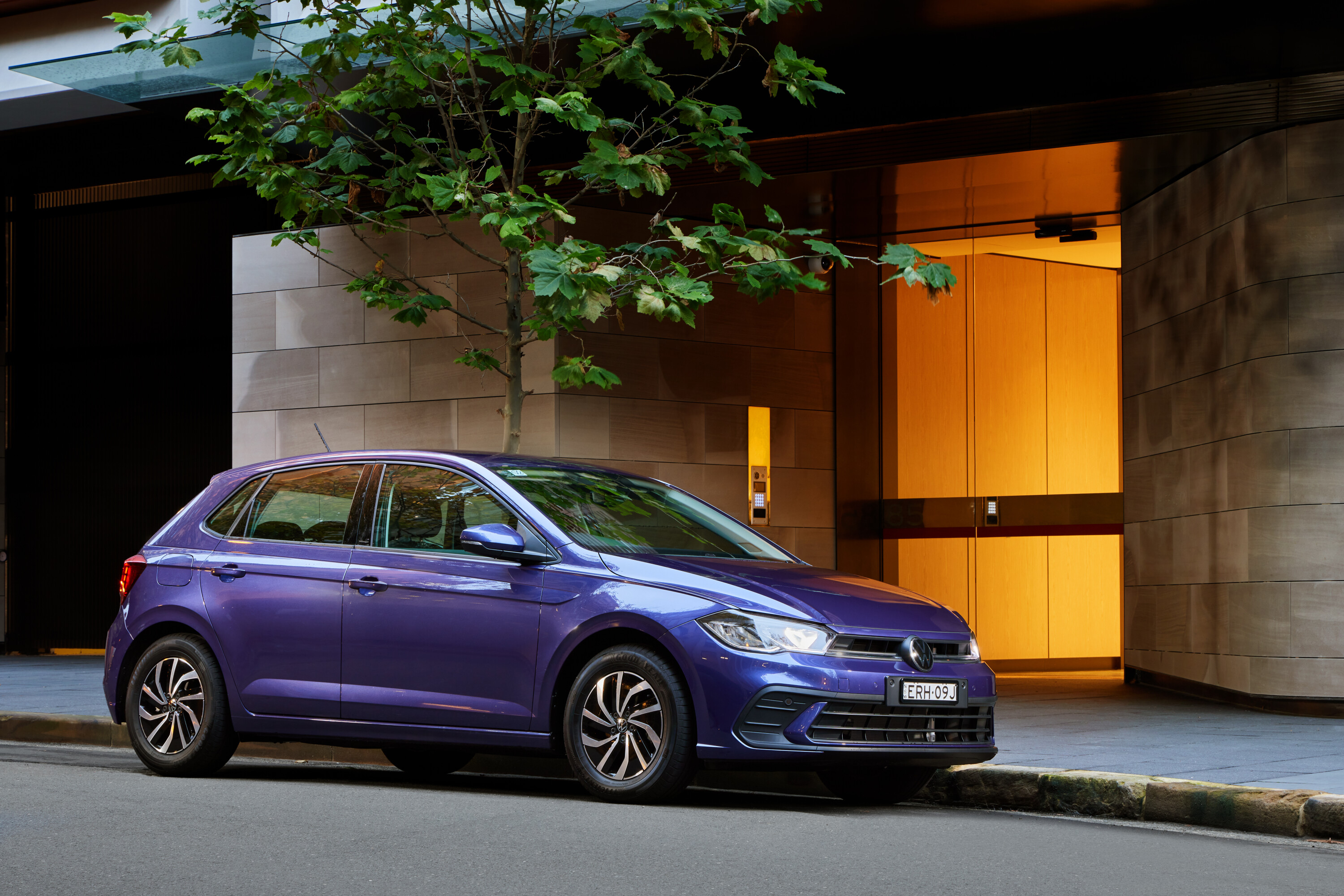
Other than the Picanto, Jane only considered the Volkswagen Polo but said the circa-$30K base price – $8500 higher to enter than five years ago – was too high, even if it has more standard features.
While DeGasperi admits its brands, including Volkswagen, Skoda and now Cupra have a more premium positioning, he said significantly raised median incomes in the past few decades means its circa-$30K Polo and Scala small cars are still affordable and represent good value in context.
Yet Australians’ average income hasn’t kept up with inflation in the past five years due to the ripple effects of COVID-19.
According to the Australian Bureau of Statistics (ABS) [↗], the Consumer Price Index (CPI) – which is a measure of inflation – has increased by 65 per cent from June 2018 to 2023.
In comparison, ABS data [↗] outlines that wages have grown by around 36 per cent in the same period.
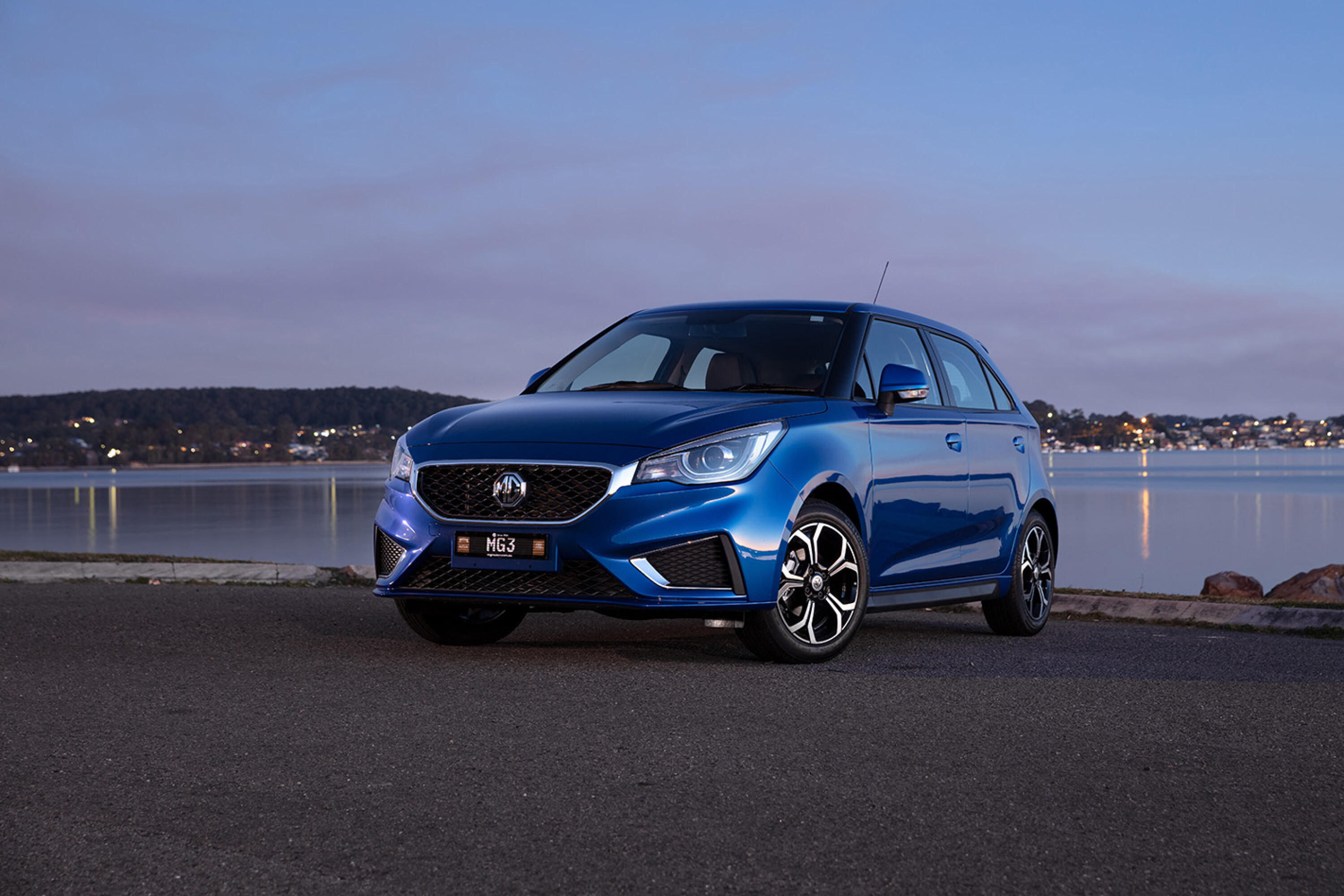
⚠️ Price vs safety?
Some carmakers have promised to keep entry-level models affordable, rather than satisfying increasingly strict protocols from safety watchdog ANCAP.
For example, the $19,990 drive-away MG 3 is Australia’s best-selling light hatch that doesn’t feature any advanced active safety assistance systems, while the new MG 5 small sedan has a sharp $24,990 drive-away starting price with only low-speed front auto emergency braking as standard and the rear seatbelt reminder light is reserved for the top-spec variant.
MG Australia chief executive Peter Ciao previously denounced the Australasian New Car Assessment Program (ANCAP) for its stringent testing criteria: “We can provide any model with five-star [credentials] but that costs money… and now in Australia this safety requirement is now so high it’s ridiculous.”
Moreover, Mazda Australia has said it won’t re-submit the facelifted Mazda 2 to ANCAP – which now includes a safety assist tech suite but is structurally the same as the original 2014 model – while Mitsubishi Australia has echoed MG’s sentiments to let the public decide ‘what is an acceptable level of safety’.
“Now is not the right time for vehicle brands to be suggesting that safety should be sacrificed for the sake of cost savings”
However, ANCAP CEO Carla Hoorweg told WhichCar in a statement that the safety of new cars should be the priority for manufacturers, especially when affordable small cars are more vulnerable in road accidents and safety is “only one relatively small component” of prices.
“Manufacturers suggesting that ANCAP is driving up costs are encouraged to consider the safety of their customers and the life-saving benefits that these technologies have been demonstrated to deliver,” Hoorweg said.
“Unfortunately the number of lives lost on Australia’s roads continues to grow … Now is not the right time for vehicle brands to be suggesting that safety should be sacrificed for the sake of cost savings.”
According to the Australian Road Deaths database [↗], 1240 road-related fatalities were recorded to the end of September this year – a nearly five per cent increase compared to the same period in 2022.
Most carmakers have opted to include more safety assist features as standard, from the Toyota Yaris light hatch, Toyota RAV4 medium family SUV, and Ford Ranger ute.
This includes Level 2 assistance systems: auto emergency braking (with vehicle, pedestrian, cyclist and intersection detection), blind-spot monitoring, rear cross-traffic assist, lane-keep and lane-centring assist, adaptive cruise control, and rear- or 360-degree cameras.
DeGasperi said developing and calibrating these active safety systems to perform reliably and accurately for each model requires a substantial investment that needs to be recouped over time.
“Front and rear autonomous emergency braking, lane assist – these are very sophisticated technologies that not only require sensors, radars and cameras to be able to detect these things as correctly as they can, but you have a duplicate effect of the hardware cost with the development cost,” DeGasperi told WhichCar.
Volkswagen also added a front-centre airbag to the facelifted Polo light car – following the new-generation Toyota Yaris – which helped it achieve a higher adult occupant protection rating from ANCAP.
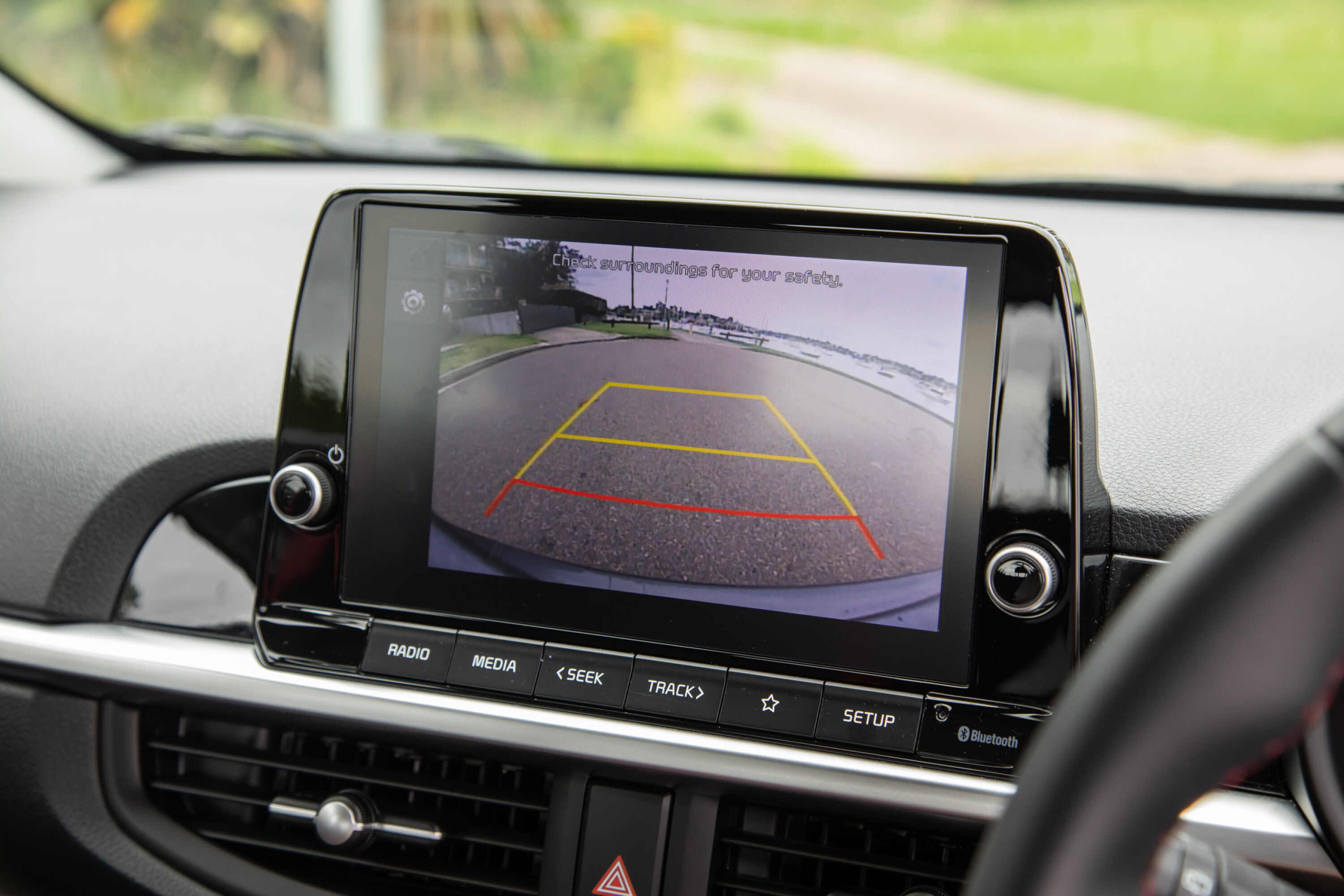
⭐️ Australia’s safety standards vs the world
DeGasperi notes a reversing camera isn’t standard on the Volkswagen Golf R hot hatch in the United Kingdom. The same applies to base models of the MG 4 electric car, Mazda CX-5 medium SUV, and Toyota HiLux ute in some countries.
But, unlike Europe and soon Australia, the UK hasn’t mandated the need for a reversing camera in new vehicles.
Despite some overseas markets offering more de-specced entry-level variants, Australia is still one of the cheapest countries to buy and own a vehicle.
For example, the base Kia Picanto ‘1’ in the UK – which unlike Australia doesn’t include a touchscreen with Apple CarPlay and Android Auto, reversing camera and sensors, and a rear middle seat – is priced from £13,665 (AU$25,912).
Based on the exchange rate at the time of writing, that’s around $10K more to buy than the Picanto S in Australia, not to mention higher average incomes than those in the UK.
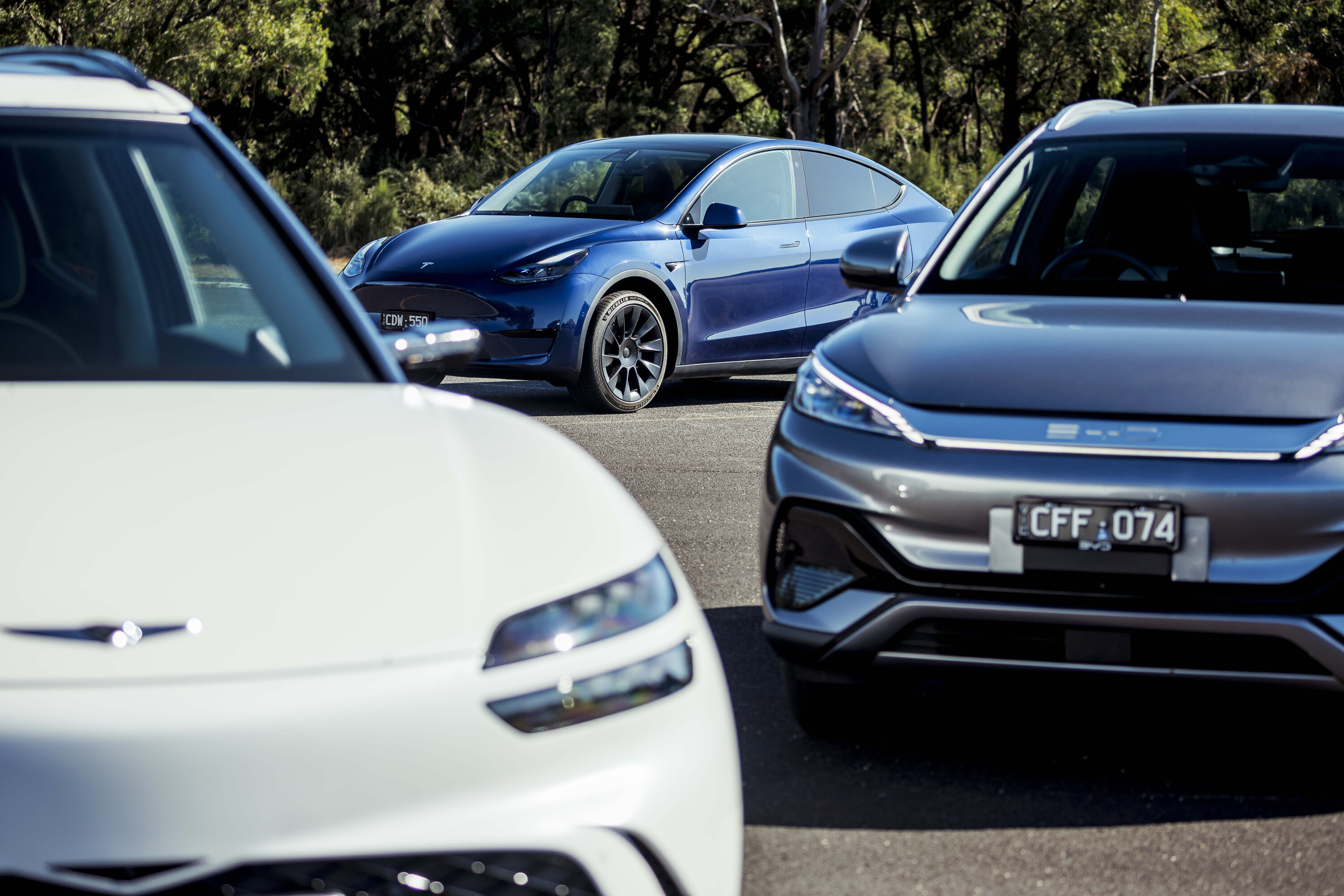
⚡️ Why are new EVs expensive?
While switching to an EV is one way to alleviate cost-of-living pressures with significantly lower running costs, the entry price is still generally high.
In Australia, most carmakers only sell large battery EVs at launch – which is a key contributor to driving up price tags – compared with other countries.
Likewise, EVs are often more highly featured compared to their combustion engine equivalents.
However, some Chinese-made models already match the price of comparable combustion engine vehicles, with the cheapest EVs now costing from around $40K including the BYD Dolphin, MG 4 and GWM Ora.
“We’re a very affluent country and there’s money to be made”
Tasmanian-born social enterprise The Good Car Company was founded in 2019 to bring more accessibly-priced EVs to Australia. It primarily imports used examples from Japan and the United Kingdom, where there is more choice of variants with smaller batteries and/or lower specs available.
Co-founder Anthony Broese van Groenou told WhichCar it’s an ‘important service’ for carmakers to sell long-range EVs to help address perceived buyer concerns, but larger batteries have a higher initial carbon footprint and most Australians don’t need the extended range every day.
“We’re a very affluent country and there’s money to be made. I think it’s just simple economics if [carmakers] can sell vehicles into a market where people are willing to pay that [higher] price,” Broese van Groenou said.
“The idea is not to buy a bigger battery with a bigger environmental footprint and a much bigger capital outlay if you only really need that [long range] once or twice a year.
“One side of it is helping to alleviate some of those psychological barriers that people have when they haven’t considered how far they actually commute on an average daily basis.”
However, Broese van Groenou said car brands that choose not to bring more affordable EV options here risk inequitable access for Australians.
“The reality is that, while we are going through a cost-of-living crisis, the people at the lower end of the socioeconomic scale are less likely to be buying an EV because they just don’t have that disposable income,” he told WhichCar.
“Whereas, where the sales continue to increase, it’s people that are very asset rich and doing quite well in this cost-of-living crisis, who are able to afford those bigger range vehicles.”
For example, locally the Kia EV6 electric SUV is only available with a long-range battery, the Nissan Leaf hatch is only sold as a high-spec model with two battery size options, and the Cupra Born warm hatch and upcoming Volkswagen ID.4 SUV are only offered with the largest battery and most powerful motors at launch.
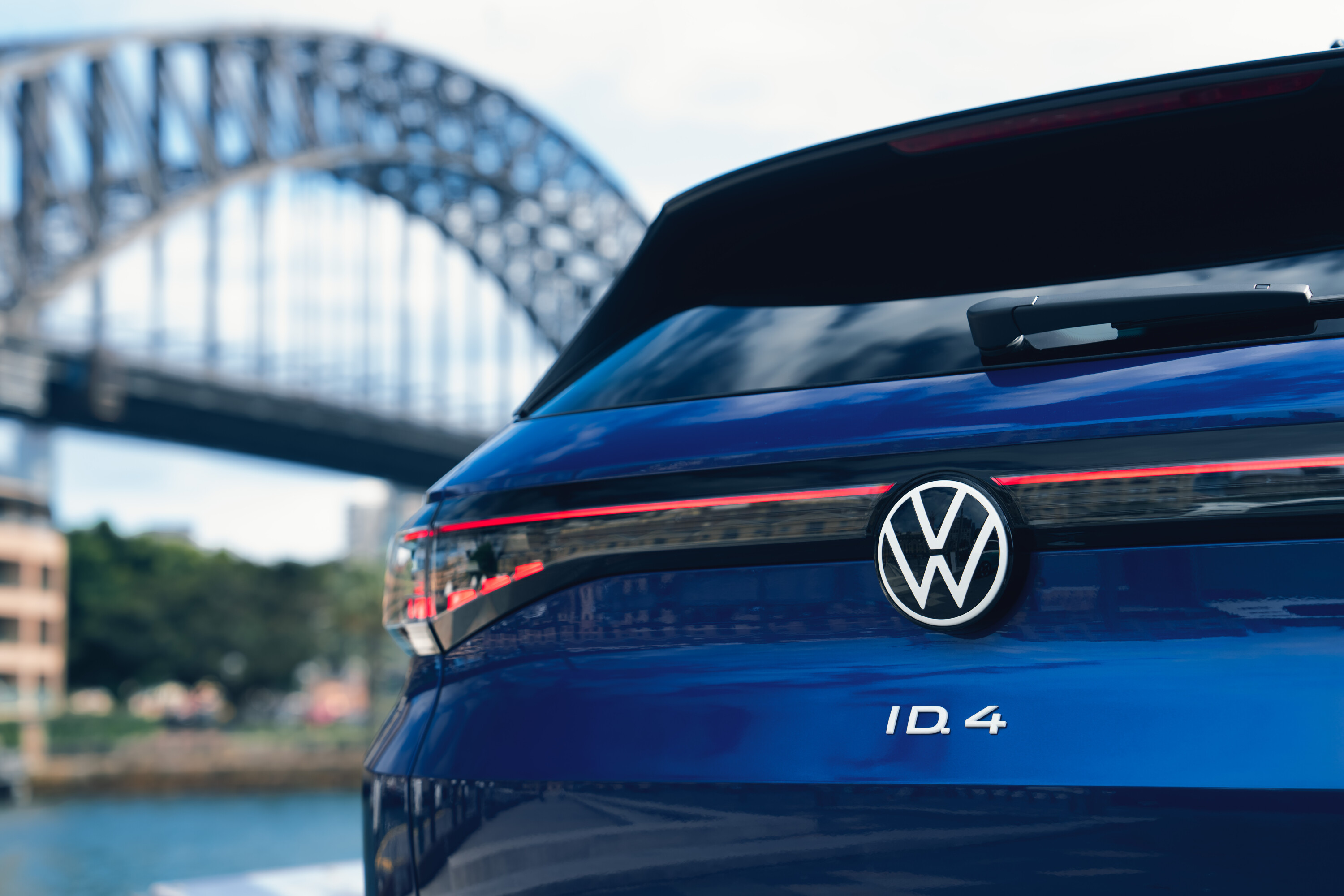
“Currently the best strategy is to provide those longer range offerings with high specification and good performance”
DeGasperi told WhichCar this is a strategy for attracting buyers to make the electric switch.
“Buyers expect a level of standard equipment if they’re investing in a battery-electric vehicle,” DeGasperi said.
“Particularly given Australia is growing in terms of electric vehicle infrastructure, currently the best strategy is to provide those longer range offerings with high specification and good performance.
“That’s how to talk to Tiguan customers about moving to an [ID.4] electric vehicle.
“As we progress through, these things will not be fixed forever to a particular battery size or range. But, this is really the start of quite an enormous rollout of electric vehicles and, at this particular time, that’s what will most resonate with buyers.”
However, in the lead up to the federal government mandating ‘fuel efficiency standards’, some car brands have expanded their line-ups with lesser-specced variants to be eligible for the fringe benefits tax (FBT) exemption and select state incentives.
The Hyundai Ioniq 5 is now available with a smaller standard range battery as part of an expanded six-prong line-up two years after its launch, the facelifted Volvo XC40 Recharge received a lesser-powered single motor variant, and likewise the BMW i4’s new eDrive35 entry variant.
Yet the most popular EVs in Australia – the Tesla Model 3 sedan, Model Y and BYD Atto 3 SUV – are fully featured to offer the best value on the base variant. The only choices are different battery sizes and drivetrains.

?? The ‘new normal’?
New car prices have inevitably increased with more standard features, rising manufacturing and shipping costs, and higher interest rates putting the load on finance leases and loans.
Yet Australia remains one of the most affordable countries globally to buy and own a vehicle, with higher-than-average earnings – demonstrated by the popularity of pricier SUVs and utes, with a million-plus new cars being registered every year.
DeGasperi told WhichCar: “When you look at that and the fact that – at least our customers at Volkswagen and Skoda – want more richly equipped models, then the argument for a model with hubcaps and no leather steering wheel just to get it in a [lower] price really does evaporate.
“Because we could do it. But nobody wants it,” DeGasperi said.
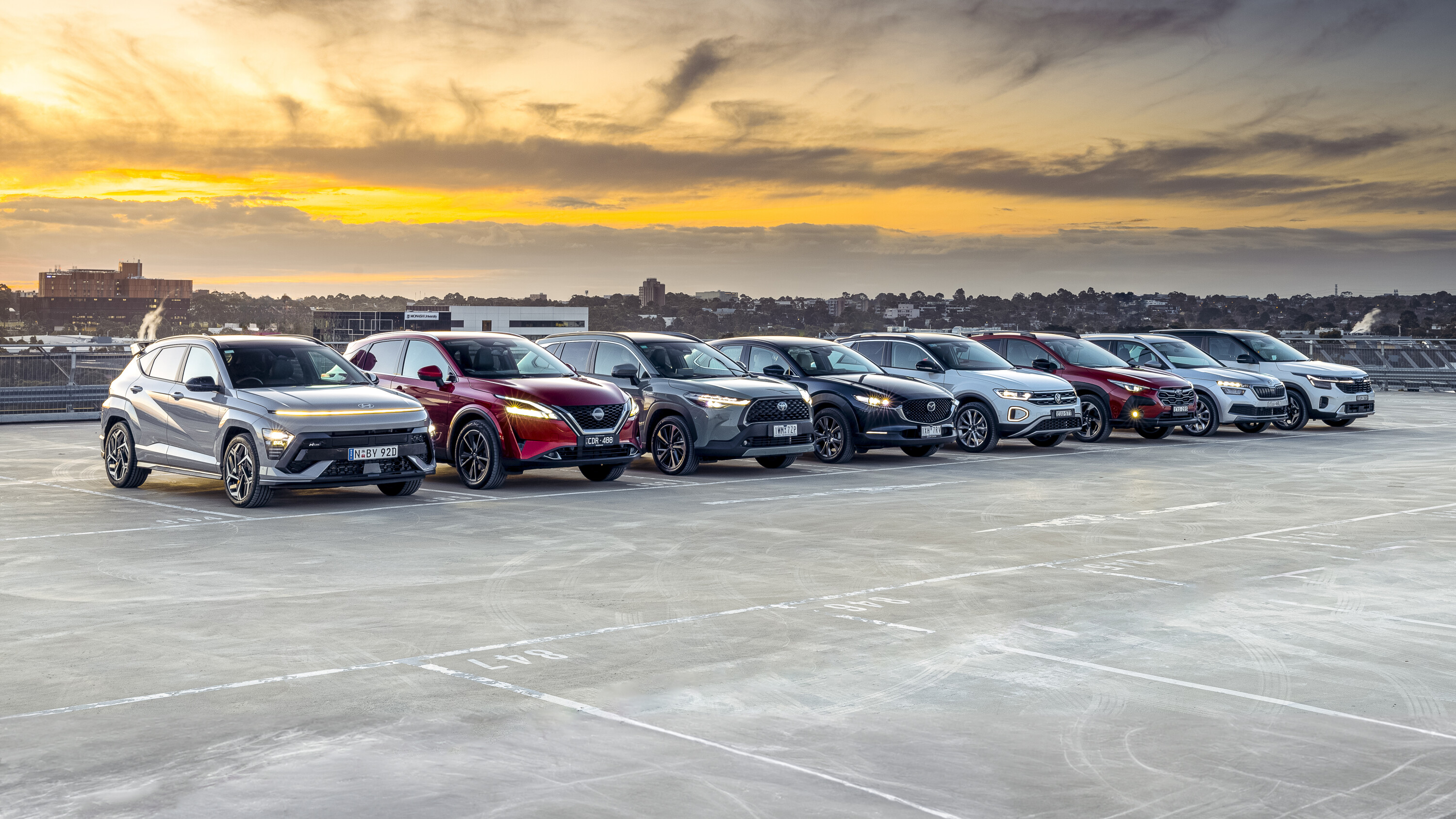
“We could do it. But nobody wants it”
It remains particularly difficult for those on a tight budget and first-car buyers who simply need a dependable new vehicle to get from A to B, although the likely return of sharper drive-away discounts may give some reprieve.
But with a new-generation MG 3 and facelifted Kia Picanto coming next year, it’s possible that there soon won’t be any new cars priced under $20K in Australia.
As Jane said, “I guess like everything it just keeps going up and up.”
We recommend
-
 Advice
AdviceCar affordability in Australia: The state of the market in 2023
New and used cars have never been more expensive or hard to obtain. So why are Australian car prices skyrocketing, and when will it end?
-
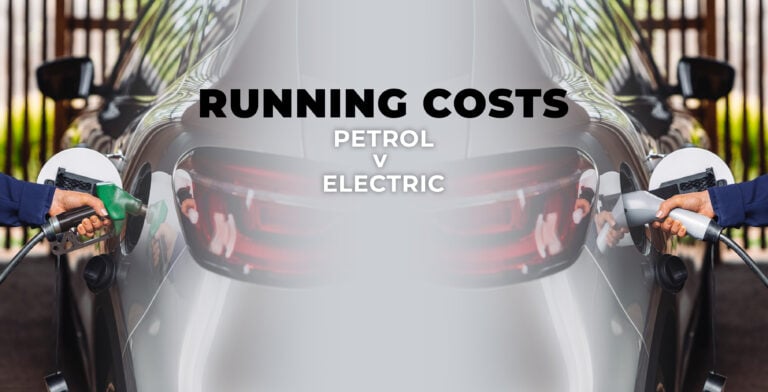 Advice
AdviceElectric v Petrol: How much does it cost to charge vs fuel a car?
What are the running costs of an electric vehicle when compared to the internal combustion engined cars we've known for so long?
-
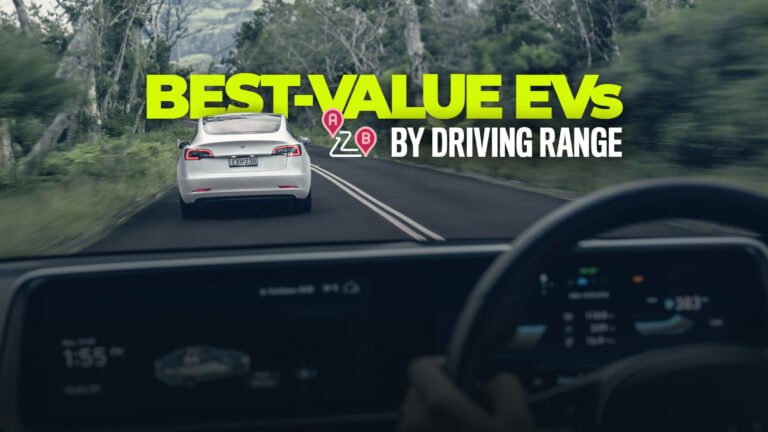 Advice
AdviceAustralia’s best-value electric cars by driving range
Which new EVs give you the best value for how far they'll go on a single charge? We break down the numbers




